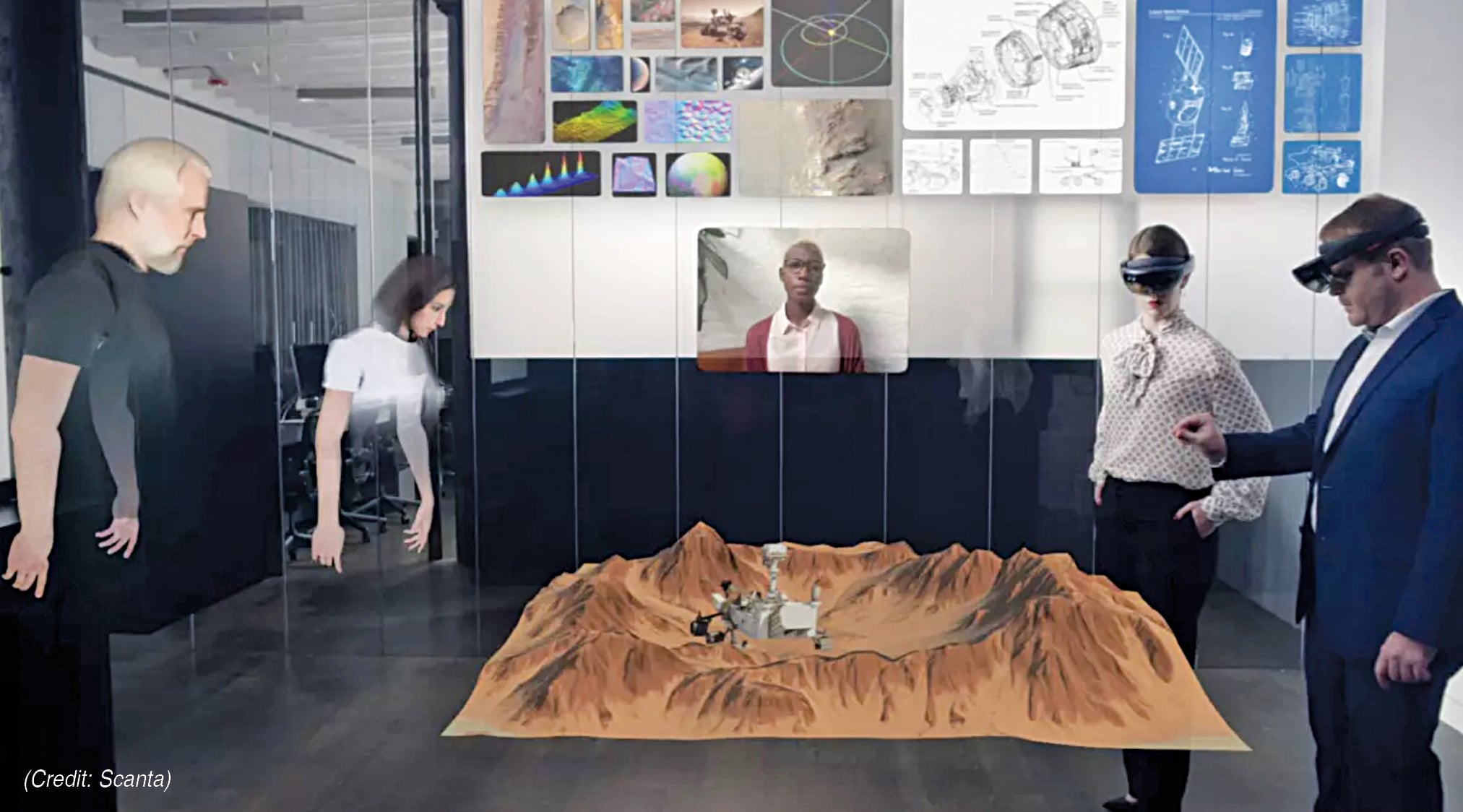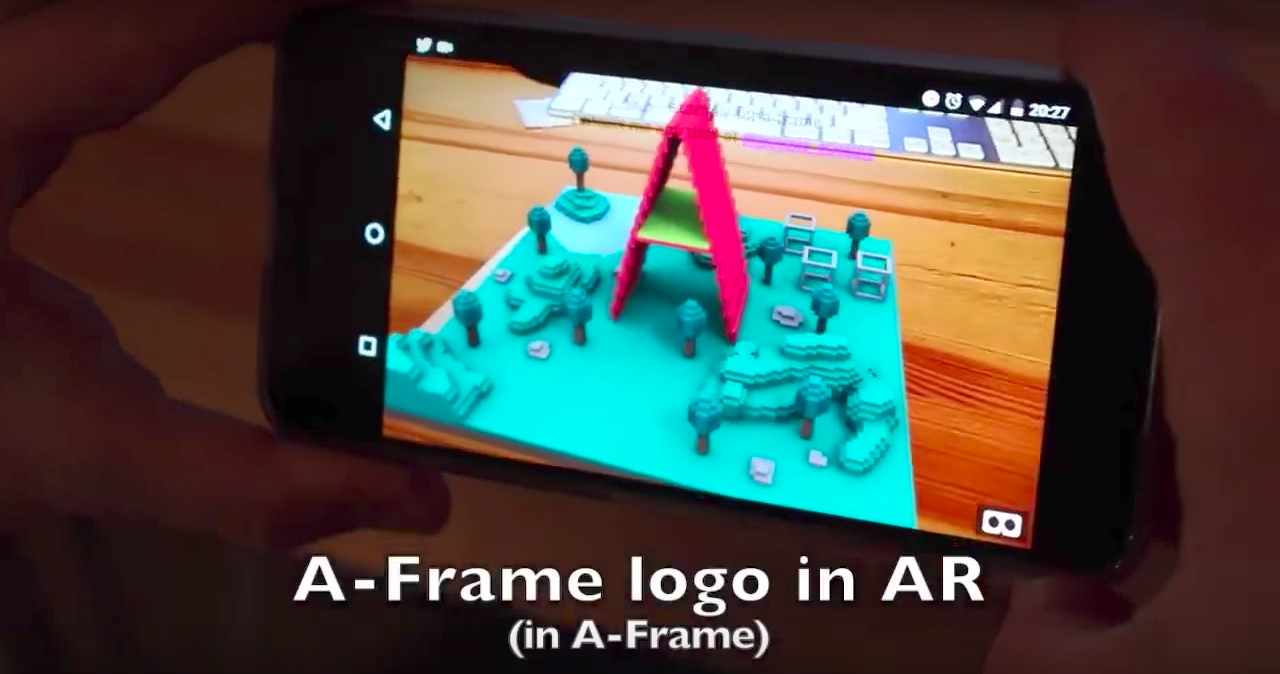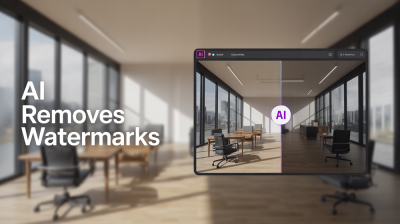Augmented Reality (AR) has transformed the way we interact with the digital world, overlaying virtual elements onto our real environment. Imagine pointing your phone at a street and seeing directions, restaurant reviews, or historical facts pop up right before your eyes! This fusion of the real and digital worlds is not just a novelty; it’s reshaping industries like education, healthcare, and entertainment.
AR enhances user engagement and accessibility, making information more interactive. For instance, in education, students can visualize complex subjects, like anatomy or astronomy, bringing textbooks to life. In retail, customers can virtually try on clothes or see how furniture fits in their homes. As AR technology evolves, its importance in enhancing experiences and providing value continues to grow.
Understanding Imago Images and Their Features

So, what are Imago Images, and why are they essential in the world of AR content creation? Imago Images are high-quality, visually striking images that serve as the foundation for many augmented reality experiences. They can transform a simple AR interaction into a vivid, memorable experience. Let’s dive into some of their standout features and benefits!
- High Resolution: Imago Images are meticulously crafted to ensure they retain clarity and detail when projected in AR environments. This quality is crucial for users to engage fully with the content they’re interacting with.
- Versatility: These images can be used across various platforms and devices, making them adaptable for different AR applications, from mobile apps to large-scale installations.
- Interactive Elements: Many Imago Images come with interactive features, allowing users to tap, swipe, or rotate images for a deeper exploration. This interactivity keeps users engaged and encourages exploration.
- Customizability: Creators can modify Imago Images to suit specific themes or branding needs, ensuring that the AR experience aligns perfectly with the intended message or product.
For example, consider an educational AR app that utilizes Imago Images of the solar system. Students can interact with these images, rotating planets to see their features up close, or even zooming in for more detailed information. This kind of immersive learning fosters curiosity and retains information far better than traditional methods.
In conclusion, Imago Images serve as a crucial element in creating compelling AR content. Their high quality, versatility, interactivity, and customizability make them indispensable tools for developers looking to create engaging and informative augmented reality experiences.
Also Read This: How Much Ideal Image Services Cost
3. How Imago Images Enhance Augmented Reality Experiences

When it comes to creating captivating augmented reality (AR) experiences, the quality of visual content is paramount. This is where Imago Images steps in, offering a vast library of high-quality, licensed images that can transform ordinary AR applications into extraordinary visual journeys. But how exactly do Imago Images enhance these experiences? Let’s dive into a few key aspects.
Firstly, the richness of Imago's content allows developers to create immersive environments. Think about it: when a user points their device at a physical object and sees a 3D model overlay, the background imagery can make or break the experience. Let’s say you’re developing a mobile AR app for a historical site. Using Imago Images, you could integrate vibrant historical photos or contextual illustrations that bring the site’s past to life. This context not only educates the user but also deepens their emotional connection to the location.
Next, let’s talk about diversity. Imago Images boasts a vast collection ranging from nature and landscapes to urban settings and abstract designs. This variety allows creators to choose visuals that cater to their target audience. For instance, a retail AR app can use lifestyle images that resonate with shoppers, showcasing products in relatable settings. By aligning the imagery with users’ lifestyles, the experience feels tailored and personal, encouraging longer engagement.
Moreover, the integration of Imago Images is seamless. They provide readily usable formats that can easily be incorporated into AR environments without extensive editing. This efficiency means developers can focus more on the creative aspects of their projects rather than getting bogged down by technical challenges.
Lastly, Imago Images helps in setting the mood. Whether you’re looking to create a whimsical, playful vibe or a serious, professional atmosphere, the right images can convey emotion. For example, a healthcare AR app could utilize calm, soothing imagery to make patients feel at ease during their experience. This emotional resonance is crucial in guiding user interactions and enhancing overall satisfaction.
Also Read This: Choosing Between Royalty-Free and Rights-Managed Images on Imago Images
4. Case Studies: Successful Implementation of Imago Images in AR
Let’s look at some exciting examples where Imago Images have been pivotal in crafting successful augmented reality content. These case studies illustrate not only creativity but also the power of using high-quality visuals to engage audiences.
- Case Study 1: Historical AR Experience in Museums
- Case Study 2: Retail and E-commerce
- Case Study 3: Educational Tools
A prominent museum leveraged Imago Images to create an AR app that allows visitors to see historical artifacts in their original contexts. By overlaying rich, historical photos and illustrations sourced from Imago, the museum brought to life the stories behind the exhibits. Visitors could point their devices at artifacts and see them placed in historical settings, enhancing their understanding and appreciation of the items.
An emerging fashion brand utilized Imago Images in its AR app, allowing users to visualize clothing in real-world scenarios. By displaying lifestyle images of models styled in various outfits against relatable backdrops, users could see how those clothes might fit into their own lives. Sales increased by 30% after implementing this feature, demonstrating the powerful impact of immersive visuals.
A leading educational platform incorporated Imago Images to develop an AR app aimed at children learning about the solar system. By including vibrant, detailed images of planets and other celestial bodies, the app turned a standard lesson into an interactive experience. Students could explore 3D models of planets while surrounded by stunning visuals, making learning both fun and engaging.
These case studies exemplify the versatility and effectiveness of Imago Images in enhancing AR experiences. By integrating high-quality visuals, developers can create dynamic, engaging content that resonates with users and drives real results.
Also Read This: Intraoral Images: How Often to Take a Complete Series
5. Challenges in Using Imago Images for Augmented Reality
When it comes to integrating Imago images into augmented reality (AR) content, there are several challenges that creators face. Understanding these hurdles is crucial for developing effective and engaging AR experiences.
- Image Quality: The quality of Imago images can significantly impact the overall AR experience. Low-resolution images may not translate well into 3D environments, leading to pixelation or blurriness that detracts from immersion.
- Licensing Issues: Imago images often come with specific licensing agreements. For instance, using an image for commercial purposes may require additional permissions or fees, complicating the content creation process.
- Integration Complexity: Merging Imago images with AR technology can be technically challenging. Developers must ensure that images are compatible with AR platforms and that they render correctly in real-time scenarios.
- User Experience: Poorly implemented Imago images can lead to a frustrating user experience. If images take too long to load or fail to align properly in the AR environment, users may lose interest quickly.
Despite these challenges, innovative solutions are emerging. For example, advancements in image processing and AR software are making it easier to optimize Imago images for performance. Additionally, as AR technology evolves, we can expect more user-friendly tools that streamline the integration process, allowing creators to focus more on storytelling and engagement rather than technical details.
6. Future Trends: The Evolution of Imago Images in AR Content Creation
The landscape of augmented reality is continually evolving, and with it, the role of Imago images is set to undergo significant transformation. Here are some exciting trends we can anticipate in the near future:
- Increased Use of AI: Artificial intelligence will play a pivotal role in enhancing image quality. By using machine learning algorithms, creators can improve the resolution of Imago images and adapt them to various AR contexts seamlessly.
- Dynamic Content: As AR technology advances, we may see Imago images that adapt in real-time to user interactions. Imagine an AR experience where images change based on location, lighting, or even user behavior!
- Collaborative Platforms: The rise of cloud-based AR platforms will allow multiple creators to collaborate on projects more easily. This could lead to a new wave of shared Imago image libraries, fostering community-driven content creation.
- Personalization: Future AR experiences may utilize user data to personalize content. For instance, Imago images could be tailored to fit individual preferences or past interactions, creating a more engaging experience.
Overall, the future of Imago images in augmented reality looks promising. As technology continues to evolve, we can expect to see more innovative uses and applications that enhance storytelling and create immersive experiences for users. With the right tools and strategies, creators will not only overcome current challenges but also leverage new opportunities to captivate audiences in the AR space.
 admin
admin








